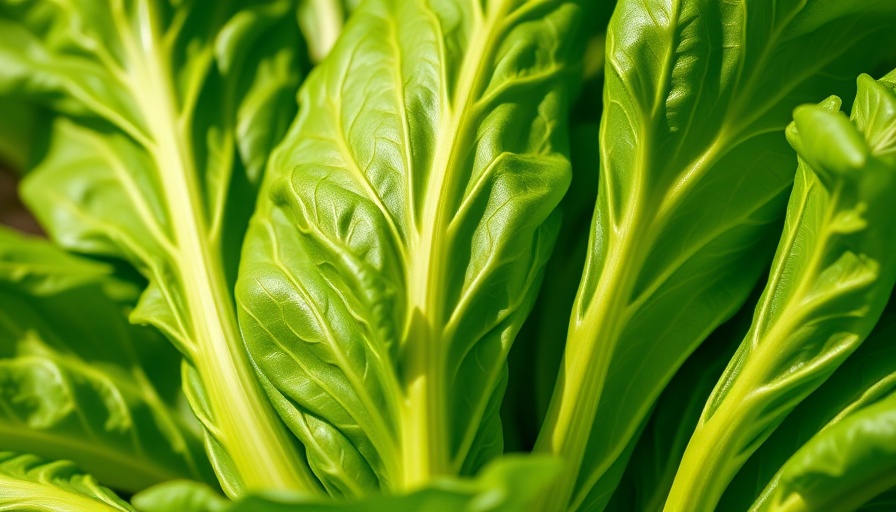
Discover the Delight of Growing Bok Choy in Your Home Garden
If you’re a homeowner looking to elevate your garden game, growing bok choy should be at the top of your list. This crisp, nutrient-packed vegetable not only enhances your stir-fries but is also one of the easiest greens to cultivate in both spring and fall. With its cool-season adaptability, bok choy thrives in varying climates, making it a perfect addition for gardeners of all levels.
Understanding Bok Choy: More Than Just a Leafy Green
Bok choy, scientifically known as Brassica rapa, var. chinensis, is a versatile member of the cabbage family and a staple in Asian cuisine. Often referred to as pak choy or pok choy, this vegetable features two popular varieties: white bok choy with deep emerald leaves and white stems, and Shanghai bok choy, which exhibits pale green leaves. When exploring seed catalogs, it’s essential to look for both names to find your ideal variety. Well-known options include Toy Choi, Joi Choi, and Mei Qing Choi, each offering unique flavors and textures for your culinary adventures.
Starting Seeds Indoors: Your Head Start for Success
To get a jump on that delicious harvest, consider starting bok choy seeds indoors. It’s a straightforward process: fill your seed-starting tray with damp, nutrient-rich soil, and plant the seeds about two inches apart, at a depth of a quarter of an inch. Keeping the soil consistently moist is crucial—using a gentle misting tool can help avoid disturbing the young plants as they sprout. Once seedlings reach about three inches tall, they are ready for transplantation into your garden, spaced three to four inches apart for optimal growth.
Hardening Off: A Crucial Step for Outdoor Transplants
While bok choy is generally cold-tolerant, it’s vital to harden off your seedlings to acclimate them to outdoor conditions gradually. This simply involves placing them outside for a few hours daily, slowly increasing their exposure to sunlight and wind over the course of a week to ten days. When you’re ready to transplant, choose a garden spot that receives full sun—although a little partial shade is acceptable in warmer areas.
Direct Sowing: Timing and Technique for Bok Choy
If you prefer a more straightforward method of planting, you can directly sow bok choy seeds outdoors. Wait until the soil is workable in early spring and consider using floating row covers for a little extra warmth or protection from pests, such as flea beetles. Use the same planting depth and spacing as mentioned before. Regularly watering the soil will encourage sprouting and rich, green foliage.
Regular Care: Soil, Pest Management, and Fertilization
To ensure a bountiful harvest, consistent care is key. Bok choy is a heavy feeder, meaning it thrives on regular watering and nutrient-rich soil. Applying an organic fertilizer high in nitrogen two to three times during the growing season can promote prolific leafy growth. Additionally, remain vigilant against pests to protect those luscious green leaves. Recommended remedies include natural insecticidal soaps or organic pest control measures.
Conclusion: Why Bok Choy is Perfect for Every Garden
Growing bok choy adds exceptional taste and nutritional benefits to your home garden. Its adaptability to both spring and fall planting allows you to enjoy fresh harvests throughout the year. As a vibrant, easy-to-grow crop, it not only enhances your culinary experiences but also contributes to a more sustainable lifestyle. Whether opting to start seeds indoors or direct-sow them into your garden, embrace the challenge, nurture the plants, and enjoy the delicious rewards.
 Add Row
Add Row  Add
Add 


Write A Comment